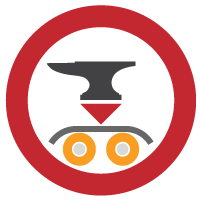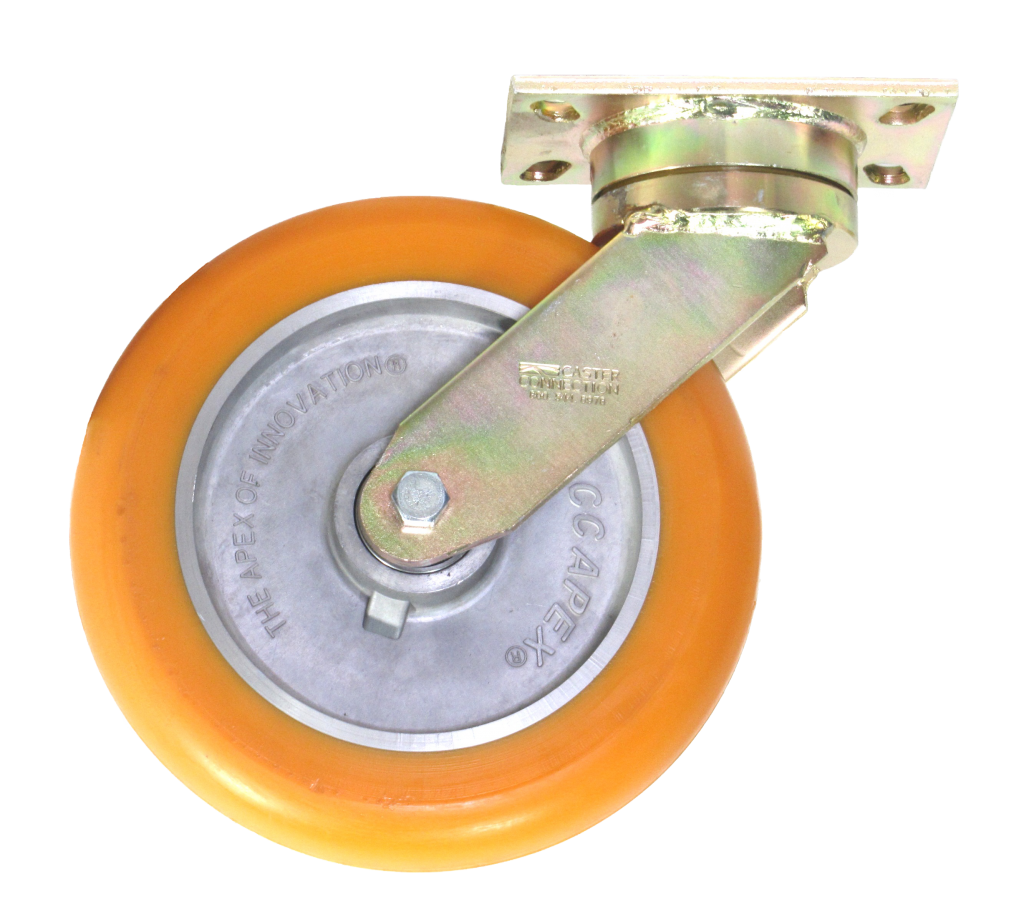Affordable Caster Solutions for Logistics and Distribution

In logistics and distribution, time is money. Whether you're running a regional fulfillment hub or a global distribution center, delays and breakdowns ripple across your entire operation. While many teams focus on optimizing software and automation, one physical component often gets ignored: casters.

Casters play a key role in keeping material handling systems mobile, safe, and dependable. At Caster Connection, we help logistics teams find solutions that improve uptime, reduce long-term costs, and make day-to-day movement easier on workers. In this blog, we’ll break down how smart caster decisions can help your warehouse run smoother without putting pressure on your budget.
The Caster Problem Hiding in Plain Sight

In many facilities, mobility issues are treated like a normal part of the job. But when they pile up, they create real consequences. Carts that wobble, resist movement, or need constant repairs often trace back to the same root cause: the wrong caster for the environment.
And the effects add up quickly.
-
Order pickers lose time fighting unresponsive carts
-
Workers fatigue faster, leading to injuries and turnover
-
Floors and equipment suffer unnecessary wear
-
Maintenance teams stay stuck in a cycle of replacements and quick fixes
One small mismatch can cause major disruption. A properly specified caster keeps your team moving, your floors protected, and your operation on schedule.
3 Ways to Improve Caster Performance Without Overspending
Fixing mobility issues doesn’t always mean spending more. Often, it means making smarter choices. The right caster setup can lower costs, improve handling, and reduce maintenance problems without putting extra pressure on your budget. Here are three ways to get better performance without unnecessary spend.
1. Match Casters to Your Floor and Workflow
High-traffic warehouses need casters that handle mixed floor conditions, thresholds, and debris without failing. We recommend:
-
Polyurethane treads for smooth, quiet movement on concrete
-
Precision bearings for low rolling resistance and better handling
-
Swivel sections with sealed raceways to keep out grit and dust
For mid- to heavy-duty environments, our CC Apex line offers a solid balance of durability and value.

2. Choose the Right Load Capacity
Overspecifying casters is a common and costly mistake. Using heavy-duty models where medium-duty would be sufficient increases material costs and adds rolling resistance that makes carts harder to move.
Sizing your caster to the actual load, with a reasonable safety buffer, helps reduce costs while maintaining strength, reliability, and ease of movement.

3. Use Long-Lasting, Low-Maintenance Materials
Commodity casters wear down quickly in fast-paced distribution centers. The result is more replacements, more downtime, and more labor. Investing in higher-quality casters helps you:
-
Extend caster life
-
Protect floors and carts from damage
-
Cut back on maintenance needs
In a 24/7 facility, that reliability pays for itself fast.

Case in Point: Smarter Specs, Stronger Results

A national e-commerce fulfillment center faced frequent caster failures and slow picking speeds. After working with Caster Connection, they switched to a polyurethane caster with sealed precision bearings and a properly matched load rating.
The results:
-
40% faster cart handling
-
50% fewer caster replacements
-
Fewer ergonomic complaints from warehouse staff
The change improved both workflow and worker experience, all without increasing total spend.
Don't Let Casters Be Your Bottleneck
When you choose casters that match your load requirements, floor conditions, and usage patterns, you reduce friction across your operation and eliminate unnecessary cost.
If you're not sure where your current setup might be falling short, we can help. Book a Caster Needs Evaluation, explore our full line of warehouse-ready caster solutions, or connect with a specialist to build a smarter strategy for your facility.
